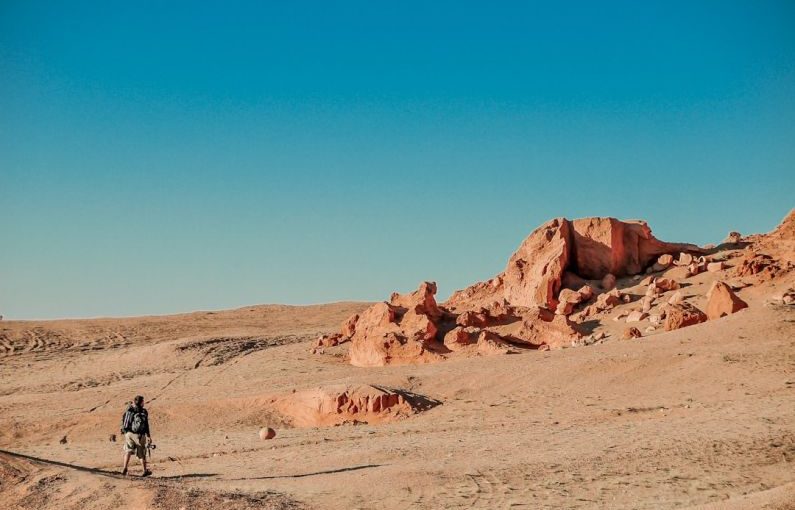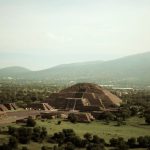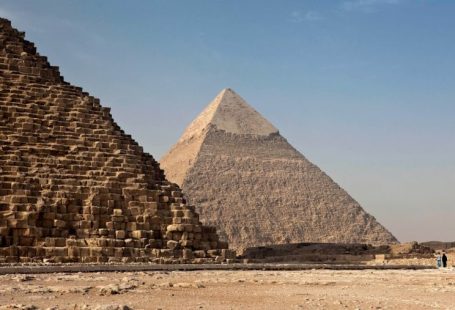Nestled in the heart of Mongolia lies a mystical and captivating destination – the Gobi Desert. A vast expanse of golden sands and rugged terrain, the Gobi Desert is a place where time seems to stand still, and ancient secrets are waiting to be uncovered. For travelers seeking a truly unique and awe-inspiring adventure, the Gobi Desert offers a journey back in time to a world where nomads roamed the land and mighty empires rose and fell. Join us on a journey to Destination 70: Discovering the Ancients of the Gobi Desert, Mongolia.
Unraveling the Mysteries of the Gobi Desert
The Gobi Desert, spanning across southern Mongolia and northern China, is a land of extremes. From towering sand dunes to rocky outcrops and vast steppes, the Gobi is a place of stark beauty and harsh landscapes. Despite its arid climate and challenging conditions, the Gobi Desert has been home to various ancient civilizations and nomadic tribes for thousands of years.
One of the most intriguing aspects of the Gobi Desert is its rich history and archaeological treasures. The desert is dotted with ancient ruins, petroglyphs, and burial sites that offer a glimpse into the lives of the people who once inhabited this unforgiving land. From the remnants of the Great Wall of China to the ancient city of Khara-Khoto, the Gobi Desert is a treasure trove of historical wonders waiting to be explored.
Exploring the Flaming Cliffs of Bayanzag
One of the most iconic landmarks in the Gobi Desert is the Flaming Cliffs of Bayanzag. Known for its brilliant red sandstone cliffs and dinosaur fossils, Bayanzag is a must-visit destination for history enthusiasts and nature lovers alike. The Flaming Cliffs earned their name from the fiery hues that light up the landscape at sunset, creating a mesmerizing spectacle that is sure to leave a lasting impression.
Aside from its stunning beauty, the Flaming Cliffs are also renowned for their rich paleontological significance. In the early 1920s, American explorer Roy Chapman Andrews discovered the first dinosaur eggs at Bayanzag, revolutionizing our understanding of prehistoric life in the Gobi Desert. Today, visitors can explore the Flaming Cliffs and even participate in fossil hunts, uncovering ancient relics that have been buried for millions of years.
Encountering the Nomads of the Gobi Desert
The Gobi Desert is not just a place of ancient ruins and archaeological wonders; it is also home to nomadic herders who have roamed these lands for generations. The nomads of the Gobi Desert lead a traditional way of life, herding livestock and living in gers, traditional felt tents that can be easily assembled and disassembled as they move with their animals in search of pasture.
Meeting the nomads of the Gobi Desert offers travelers a unique opportunity to immerse themselves in a culture that has remained largely unchanged for centuries. From learning how to milk camels to riding horses across the vast steppes, interacting with the nomads provides a firsthand glimpse into a way of life that is deeply connected to the land and its natural rhythms.
Adventuring into the Yolyn Am Canyon
For those seeking a more adventurous experience, the Yolyn Am Canyon is a hidden gem nestled within the Gobi Desert. Also known as the Valley of the Eagles, Yolyn Am is a narrow gorge flanked by towering cliffs and lush vegetation, offering a stark contrast to the desert landscapes that surround it. Visitors can hike through the canyon, marveling at its natural beauty and spotting rare wildlife such as ibex and snow leopards.
One of the highlights of a visit to Yolyn Am is the opportunity to witness the phenomenon of the Gobi Glacier. Despite the desert climate, the canyon remains cool year-round, allowing ice to form in the winter months and creating a stunning ice cave that persists well into the summer. Exploring the depths of Yolyn Am is a surreal experience that transports visitors to a world of natural wonders and unparalleled beauty.
Unveiling the Secrets of Ongi Monastery
Nestled amidst the barren landscapes of the Gobi Desert lies the ruins of Ongi Monastery, a once-thriving Buddhist complex that stood as a beacon of spiritual enlightenment and cultural richness. Founded in the 17th century, Ongi Monastery was one of the largest monastic complexes in Mongolia, housing over 1,000 monks at its peak. Today, the ruins of Ongi Monastery stand as a testament to the enduring legacy of Buddhism in the Gobi Desert.
Exploring the remnants of Ongi Monastery offers a glimpse into the spiritual traditions and architectural splendor of Mongolia’s past. Visitors can wander through the crumbling temples and meditation halls, imagining the chants of monks and the whispers of ancient prayers that once filled these sacred spaces. The tranquility and sense of history that permeate the ruins of Ongi Monastery make it a must-see destination for those seeking to connect with Mongolia’s cultural heritage.
Embarking on a Journey to Destination 70
As we conclude our exploration of the Gobi Desert and its ancient wonders, it becomes clear that this mystical land holds a timeless allure that transcends the boundaries of history and geography. From the Flaming Cliffs of Bayanzag to the nomads of the steppes, the Gobi Desert beckons travelers to embark on a journey of discovery and enlightenment. Destination 70 offers a glimpse into a world where the ancients of the Gobi Desert continue to whisper their secrets, waiting to be heard by those who are willing to listen.





